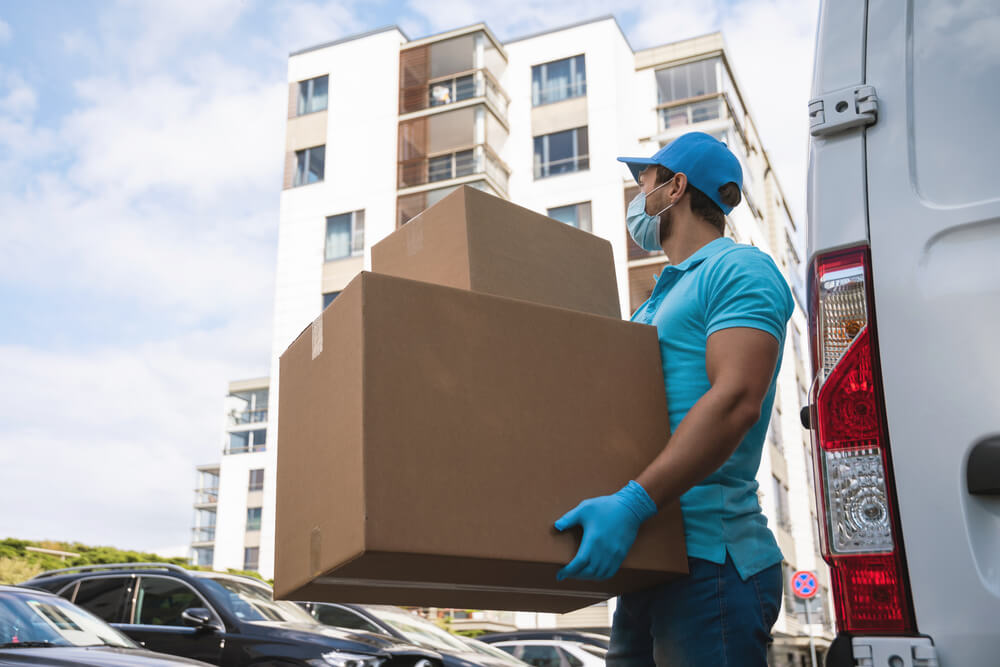In today’s rapidly evolving business landscape, where disasters—be they natural, technological, or man-made—pose a real threat, mastering business continuity planning is more critical than ever. It ensures that organizations can withstand and recover from unexpected disruptions, maintaining their operations and protecting their stakeholders’ interests. Here’s a step-by-step guide to help you master business continuity planning.
Understand the Basics
Before you can develop an effective plan, it’s essential to understand what business continuity planning entails. At its core, it involves identifying potential risks, assessing their impact on your organization, and developing strategies and procedures to mitigate those risks, ensuring that your business can continue operating or quickly resume operations after a disruption.
Conduct a Risk Assessment
Start with a thorough risk assessment to identify potential threats to your business operations. These could range from natural disasters like earthquakes and floods to cyber-attacks or supply chain disruptions. Understanding these risks helps you focus your planning efforts on the most critical areas of your business.
Business Impact Analysis (BIA)
Following the risk assessment, conduct a Business Impact Analysis (BIA). This process helps you understand the potential impact of interruptions on different aspects of your business. Identifying critical functions and processes, and determining how their disruption could affect your operations, finances, and reputation, is crucial in prioritizing your planning efforts.
Develop Your Strategy
With a clear understanding of your organization’s vulnerabilities and the potential impact of various disruptions, you can now develop strategies for mitigating risks. This could involve establishing redundant systems, diversifying suppliers, investing in technologies that support remote work, or any other measures that can help your business maintain or quickly resume critical operations.
Implement Your Plan
A plan is only as good as its implementation. Detailed action plans for responding to specific types of disruptions should be developed. These plans should outline roles and responsibilities, communication protocols, and steps for maintaining or restoring operations. Training and exercises are vital to ensure that your team is prepared to execute the plan effectively under stress.
Regularly Review and Update Your Plan
The business environment and potential risks are constantly changing. Regularly reviewing and updating your business continuity plan ensures it remains relevant and effective. Annual reviews, coupled with updates after any significant operational changes or following lessons learned from drills or actual incidents, are best practices.
Leverage Expert Insights
For deeper insights into developing resilience through business continuity planning, consider exploring comprehensive guides and expert opinions. One invaluable resource is the collection of expert tips on resilience in business available at Skill Success. This platform offers a wealth of knowledge on navigating business challenges and building a resilient organization.
Mastering business continuity planning is not a one-time effort but an ongoing process that requires commitment, attention, and resources. By following this step-by-step guide and leveraging available resources, you can enhance your organization’s resilience and readiness to face future disruptions, safeguarding your business and its stakeholders against the unknown.


